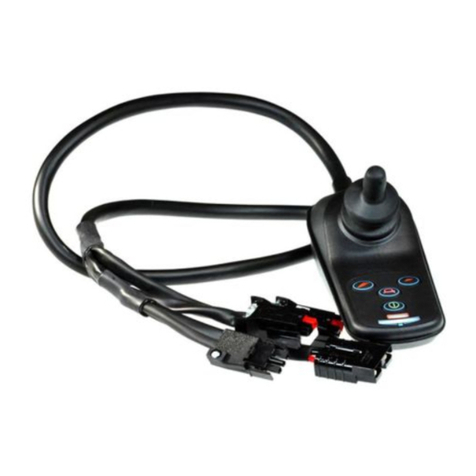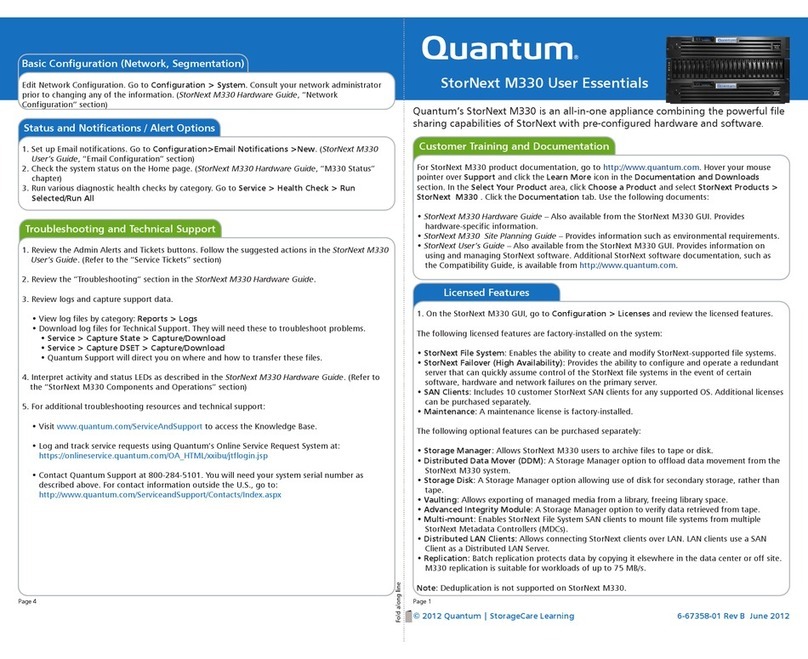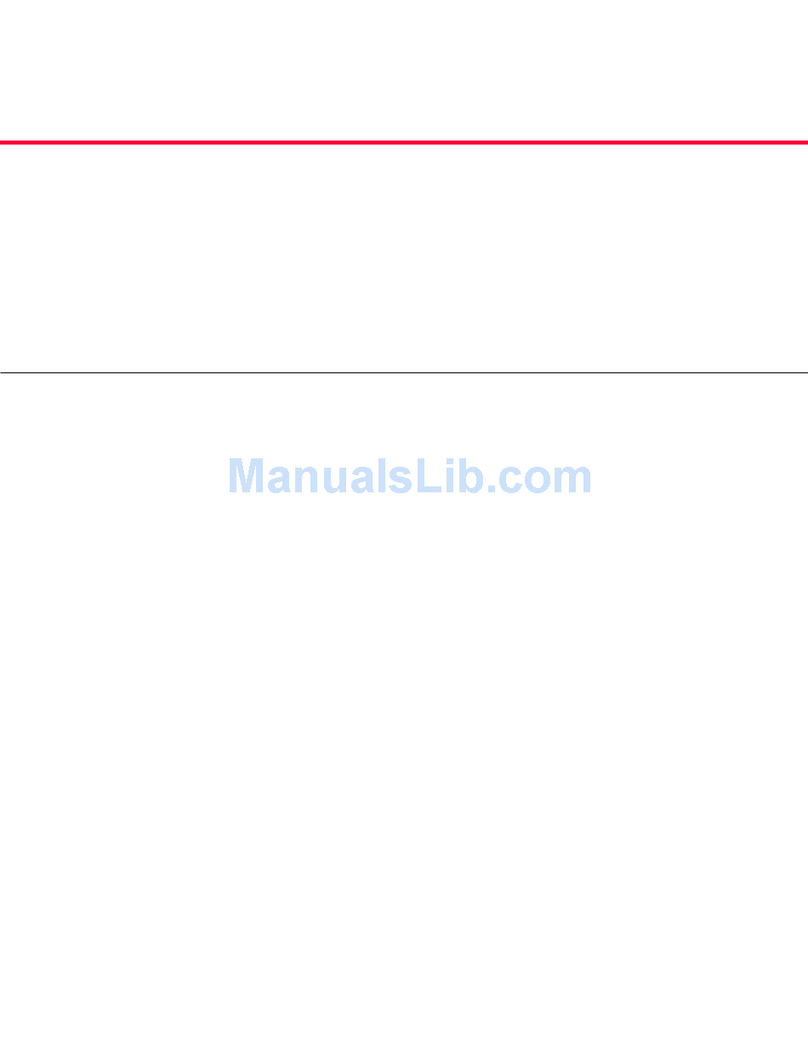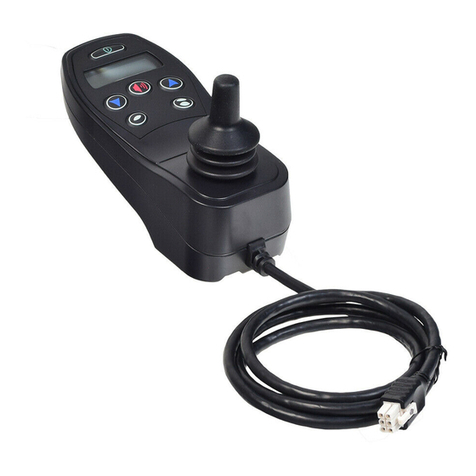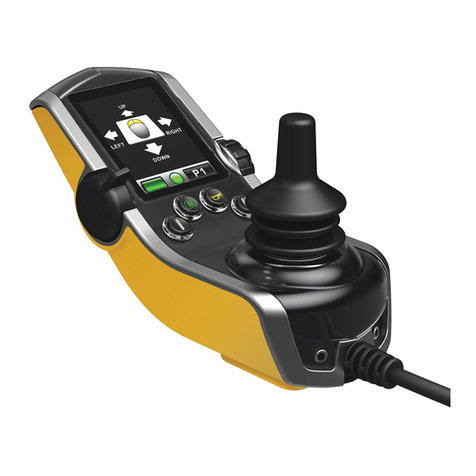11. Run program Q-Blue. When you start the
program, it will automatically search for and
connect to the instrument. Basic functions of
the program may be controlled through the
status panel at the left of the application
window. For a complete description of the
program see the Help [click the Help>(Q-Blue
Help) menu item].
12. Set the desired target temperature and turn on
the temperature controller by checking the box
under Sample Holder - Control Status.
13. After measurements are completed, turn off
power to the qpod by unplugging the power
cord and turn off the water source.
ERROR CONDITIONS
Rapid flashing of the green light on the front of the
qpod 2e indicates an error condition. The
following is a list of potential error codes.
[F1 ER 05] Cell T out of range (Sensor failure?)
[F1 ER 07] Heat exchanger T out of range (Sensor
failure?)
These errors are unlikely to occur. Either error will
cause Temperature Control to shut down.
[F1 ER 08] Inadequate coolant (check
flow) Temperature Control has shut down.
Error 08 indicates that the temperature of the heat
exchanger in the instrument being controlled
exceeded the limit. The most likely reason is
that coolant flow was not adequate (not connected
or not turned on or too warm). As a result,
temperature control shuts down and must be
restarted once adequate coolant flow has been
established.
[F1 ER 09 <<bad command text>>] Format error on
a preceding command
Error 09 indicates that the Controller received a
command which was not properly formatted (but
did include the [ and ] brackets). Since this error
message may not be returned immediately after
the command containing the error was sent, the
text of the bad command is included, bracketed by
<< and >>.
Error 09 replies will be apparent only when the
Script Panel or the Command Panel is visible on the
right within the Application Control Window of Q-
Blue { see the descriptions of the menu items
Tools>(Show Script Panel) and Tools>(Show
Command Panel) }.
If correcting these problems does not solve the
error messaging, or if other errors are displayed,
contact Quantum Northwest by calling (509) 624-
9290 or by e-mailing us at quantum@qnw.com.
TEMPERATURE SPECIFICATIONS
Temperature Range: -15 °C to + 105 °C. The
integrated temperature controller can set
temperatures between -40 °C and 105 °C. Under
normal conditions, circulating room temperature
(~22 ⁰C) water through the Peltier heat exchanger,
the qpod 2e will achieve temperatures in the range
of -15 °C to 105 °C. Somewhat lower temperatures
( -25 ⁰C) can be obtained using ice water.
Additional insulation and even colder coolant
(circulating chiller) will be needed to achieve the
lowest temperatures.
Temperature Precision: better than ± 0.01 °C.
Temperature precision is a measure of how well
the temperature controller keeps the cuvette
holder at constant temperature.
Temperature Accuracy: within ±0.15 °C.
Temperature Accuracy is a measure of how well
the temperature of the sample holder compares to
the temperature set by the TC 1 Temperature
Controller.
Temperature Reproducibility: better than ± 0.07
°C. Temperature reproducibility is a measure of the
ability of the temperature to return to an original
value for any given set temperature (See Figure 1.).
It accounts for differences depending on the
direction of temperature change and variations
from day to day.
